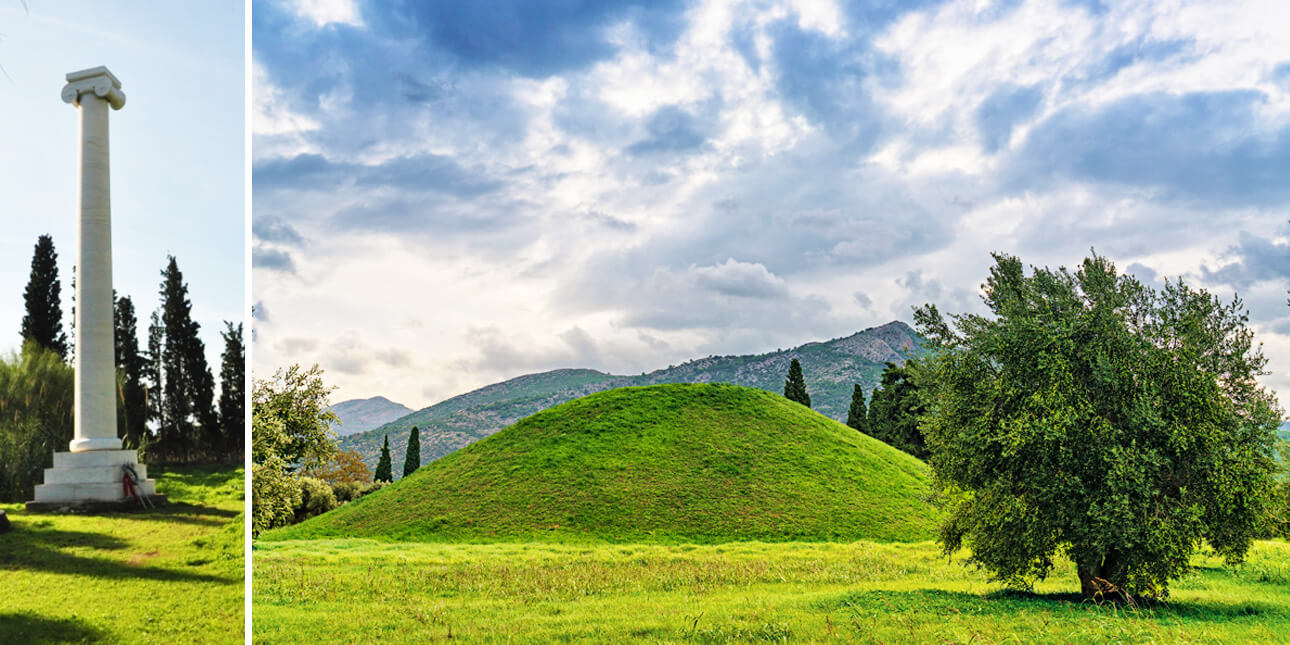The Battle of Marathon
The Battle of Marathon was held in September 490 BC. and is the conflict between the Greeks (Athenians and Platais) and the Persians in the first invasion of the Persians in Greece. According to Herodotus, the father of Ancient Greek history, the causes and motives for the Persian wars began from the Ionian Revolution due to the support of the Athenians and the Eretrians against the Persians.
For many historians, the Battle of Marathon is the turning point of world history. The reasons are various but one of the most important was the size and the difference between the two rival armies. In particular, the Greeks had the size of 10.000 Athenians and 1.000 Platanias, while the Persians with the scary military size of 100.000 with the lowest estimate. Simonides Kess writes that the Persians had 200.000 soldiers, Cornelius Nexo writes that they had 200.000 infantry and 10.000 male cavalries. Plutarch and Pausanias report, like the Souda dictionary, that the Persians had 300.000 soldiers. Plato and Lysias report that the Persians had 500.000 soldiers. Justin states that the Persians had 600.000 men.
According to contemporary historians, the Persians possessed from20.000 to 100.000 infantrymen and 1.000 cavalrymen. Whatever we measure and accept, the great triumph of the Greeks against the Persians is incredible. Initially, the crash of the Persian army in the Battle of Marathon and then the defeat of the Persian fleet at the Salamina naval battle virtually nullified the influence and scary volume of the Persian Empire war machine.
It should be noted that the above battles in the Medieval wars were the occasion for the start of the Hellenistic Period and the Empire of Alexander the Great.
Visit today the archaeological site of the Battle of Marathon through a full-day private tour to the Marathon & Cape of Sounio.



